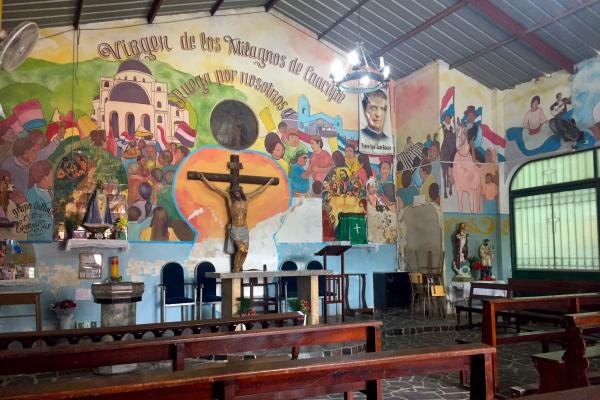Aug 25, 2016
Padre Pepe is one of 20 “curas villeros” (“slum priests”) in Buenos Aires, a group that lives in these neighborhoods to empower and uplift the slum residents by spreading Catholic faith and education. Their primary goal is not to convert the neighborhoods, but to bring the residents hope and a foundation for better lives. From conducting Mass to building schools, arranging aid for drug addicts, and providing children with outlets for drug and violence free escapes, these slum priests exercise a far-reaching influence on the villas. And their endeavors are slowly but surely changing these impoverished neighborhoods.
Read the Full Article

Already a subscriber? Login
